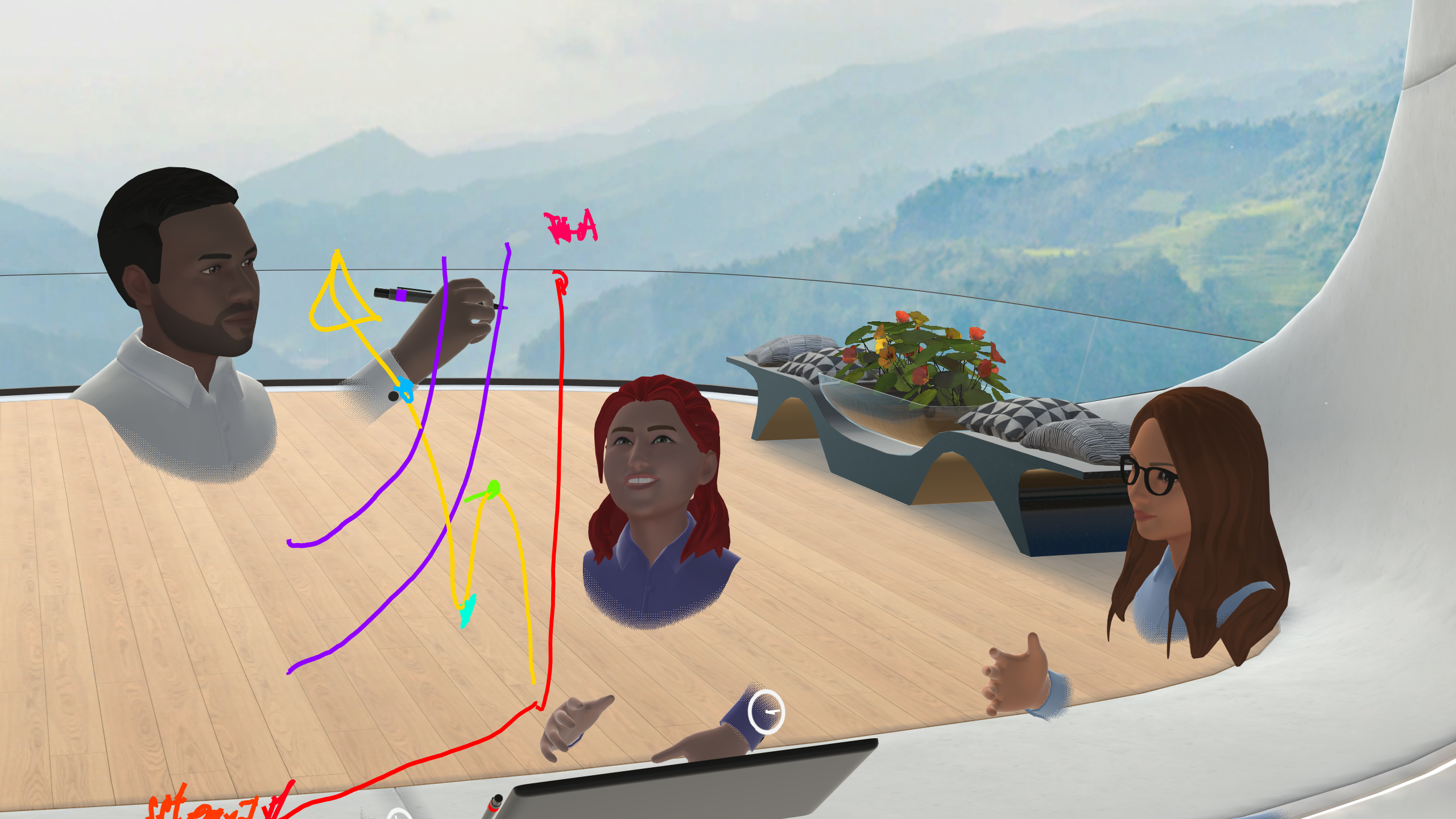Many organizations face the challenge of orienting, imaging and collaborating towards a shared future due to the increasing complexity in all aspects of professional work. Some organizations attempt digital solutions and new organizational structures. Others are still searching for tools to foster the ongoing collaboration complex organizations require. This article is about how you might create beautiful visual collaboration processes and results through visualization. Follow frontrunners such as Spotify, MIT, and LEGO and start to incorporate a more visual way of working by using visual tools and techniques, including a simple drawing that everyone can learn.
Activate imagination
Drawing is an age-old discipline you might not equate with being innovative. But when we draw, we activate our imagination – a core ingredient in most innovation processes, mostly for visual collaboration.
Promote memory
Drawing also promotes our memory. When we only hear information, we are likely to remember 10% of it three days later. Add an image, we’ll likely remember 65%. When we draw, we use that dominant power of vision to create material that our brains can better remember than speech or text.
Create clarity
The moment we start to draw an idea, a clarification process begins. The content of the idea is made concrete. The drawing process prompts new ideas that challenge, adjust and refine the original understanding. The drawing product can serve as a tool to clarify understandings with others as you engage them in a dialogue about the content of the drawing.
Get started
Are you confident in drawing? If not, Here is a way to quickly get skilled:

Simply practice combining these basic shapes. A dot, a line, a triangle, a square, a circle, and a wave, and you can draw a house, a town, a country, our planet, or the entire solar system.

Drawing with basic shapes is an easy, rapid, and intuitive way of visualizing. You only need to illustrate a fraction of what the eye sees to create recognition and understanding from others. Start seeing the world through a lens of basic forms and shapes, practice drawing easy objects, and expand your visual vocabulary along the way.
Think of a word you want to represent visually and draw it as simply as you can. Think of a complex concept within your professional area of expertise, A concept that you often find yourself explaining or collaborating around; how would you draw it? Does it contain people, places, and processes? Try to use the system: The Seven Elements
The Seven Elements TM

This system helps you create a visual language for meetings, processes, and projects, whatever their content. Combine the Seven Elements into wholes that are relevant for you.
Leading with visuals
Here is an example of a template used by a wide section of different kinds of organizations to have a conversation about their strategy.
In a workshop session with relevant participants they fill in the template by answering:
Where are we today? Where do we wish to be in 2030? What are our initiatives to get there? What challenges do we see? What trends do we see in our field? And what internal weaknesses and strengths do we have?
Draw up the template or design your own, tailored for the conversations you like to have in your organization.

Using Visual Collaboration in remote settings
Have COVID19 forced your workshops to be held online – it is even more important to be working with more than just a bigger picture mindset. Here are two strategies for delivering successful high-stake meetings online:
Design and facilitate the meeting in a virtual collaboration space where all participants can contribute and see the bigger picture:
A well prepared online visual meeting space, a solid process design and visual facilitation of participant contributions enable valuable results.
Set aside extra time to prepare and practice tech and visual tools that allow for online clarity and collaboration.
Start with a visual agenda showing the meeting’s purpose, process, and objectives to get everyone’s attention. Use visual templates during your meeting to structure and focus conversations and learnings ensuring involvement and co-creation.
About the author
Loa Baastrup is co-author of the award-winning book ‘Visual Collaboration: A Powerful Toolkit for Improving Meetings, Projects and Processes’ and she is the managing partner at Bigger Picture a Copenhagen-based strategy, learning, and design agency founded in 2003. You can download the first chapter and the tools of the book: Visual Collaboration for free, at visual collaboration. Or join Bigger Picture academy and learn how to design your next kick-ass meeting.
One last thing
Virtual Reality is a great medium enforcing visual collaboration. If you want to be up to date on MeetinVR developments, subscribe for the updates or try collaborating in VR today.

